
What is Network Visibility?
Content Guide
Understanding Network Visibility – A Complete Guide
The Evolution of Network Visibility: From Basics to Essential Infrastructure
Network visibility solutions have transformed significantly, much like mobile phones. Early TAPs and aggregation products started with simple functions – capturing network data to centralize monitoring and reduce costs. However, just as mobile phones have evolved from basic communication tools to essential, multifunctional devices, network visibility has become a crucial element in modern network management.
Expanding Beyond Basic Monitoring to Holistic Network Management
Today’s network visibility solutions provide more than just basic monitoring; they are essential for optimizing performance, ensuring security, and supporting the success of major IT initiatives. With tools like Advanced Network Packet Brokers, Probes, and Software Defined Visibility, visibility solutions are now integral to network architectures, enhancing initiatives such as:
- 5G/4G Service Assurance and Customer Experience Management
- Data Security and Compliance
- Digital Transformation and Virtualized Data Centers
- Software Defined Networking and High-Performance Networks
These tools work together to eliminate network blind spots, protect sensitive data, reduce downtime, and support scalability for modern networks.
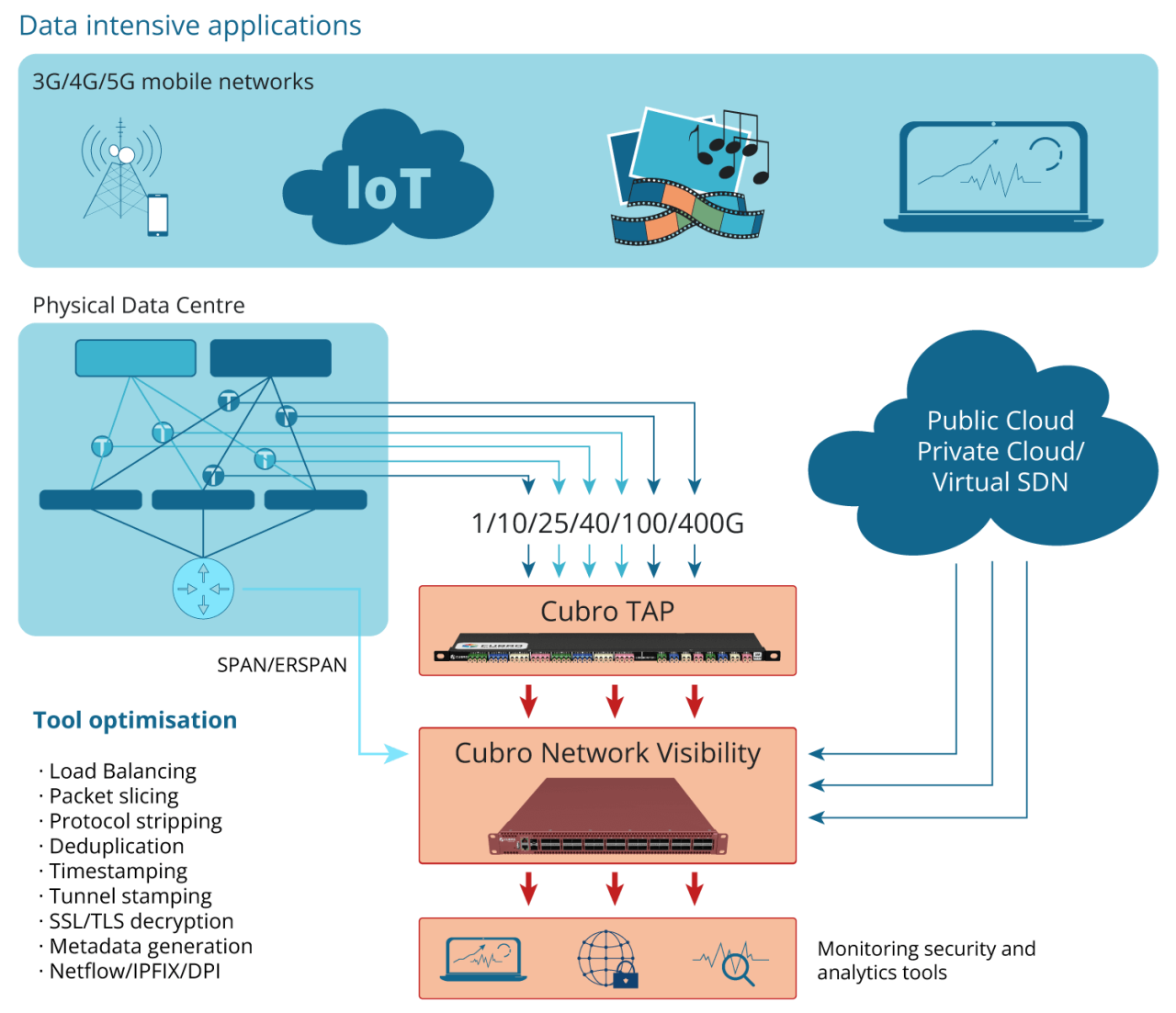
Essential Functions of Advanced Visibility Solutions
Today’s network visibility solutions deliver capabilities beyond simple TAPs and aggregation. These include:
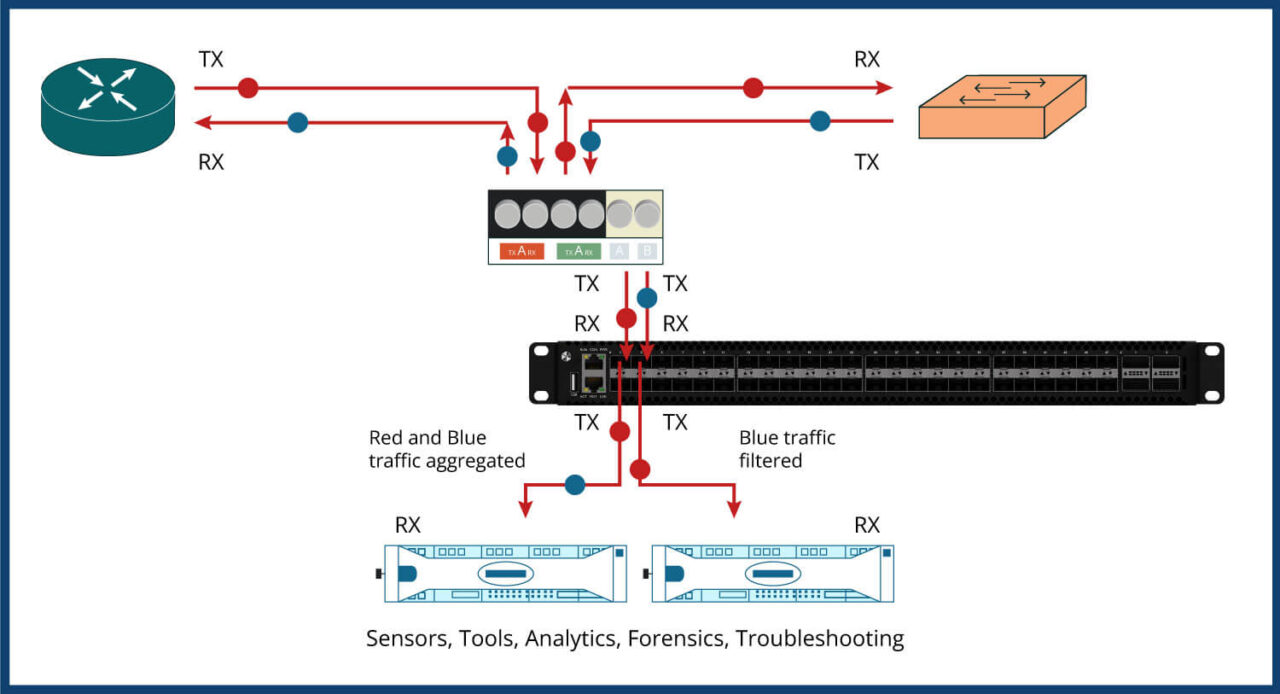
- Traffic Filtering – Reduces tool load by filtering unnecessary traffic.
- Deduplication and Load Balancing – Minimizes bandwidth usage and optimizes tool efficiency.
- Deep Packet Inspection (DPI) – Provides insights for security and performance analytics.
- Encapsulation, Decapsulation, and Tunnel Termination – Improves interoperability across network types.
- Timestamping and REGEX Search – Enhances accuracy in troubleshooting and diagnostics.
Together, these features empower organizations to effectively monitor, diagnose, and secure their networks while improving the speed and agility of IT deployments.
Supporting Business Goals with Robust Network Visibility
Network visibility tools play a critical role in helping organizations achieve business and operational objectives, such as:
- Enhanced Customer Retention and Experience
- Efficient Capacity Planning and Cost Management
- Network Security and Business Continuity
- Rapid Response to Changing Market Conditions

Through continuous advancements, visibility solutions have become essential not only for operational efficiency but also for delivering a high-quality experience to end-users and customers.
The Core Value of Modern Network Visibility Solutions
Once limited to basic monitoring, network visibility solutions now support an expansive array of functions crucial for contemporary networks. By reducing costs, optimizing tools, and supporting key initiatives, they drive business resilience and efficiency. From traffic filtering to deep packet inspection and beyond, modern network visibility solutions are the backbone of today’s network operations, ensuring performance, security, and adaptability for the future.
The Business Case for Network Visibility
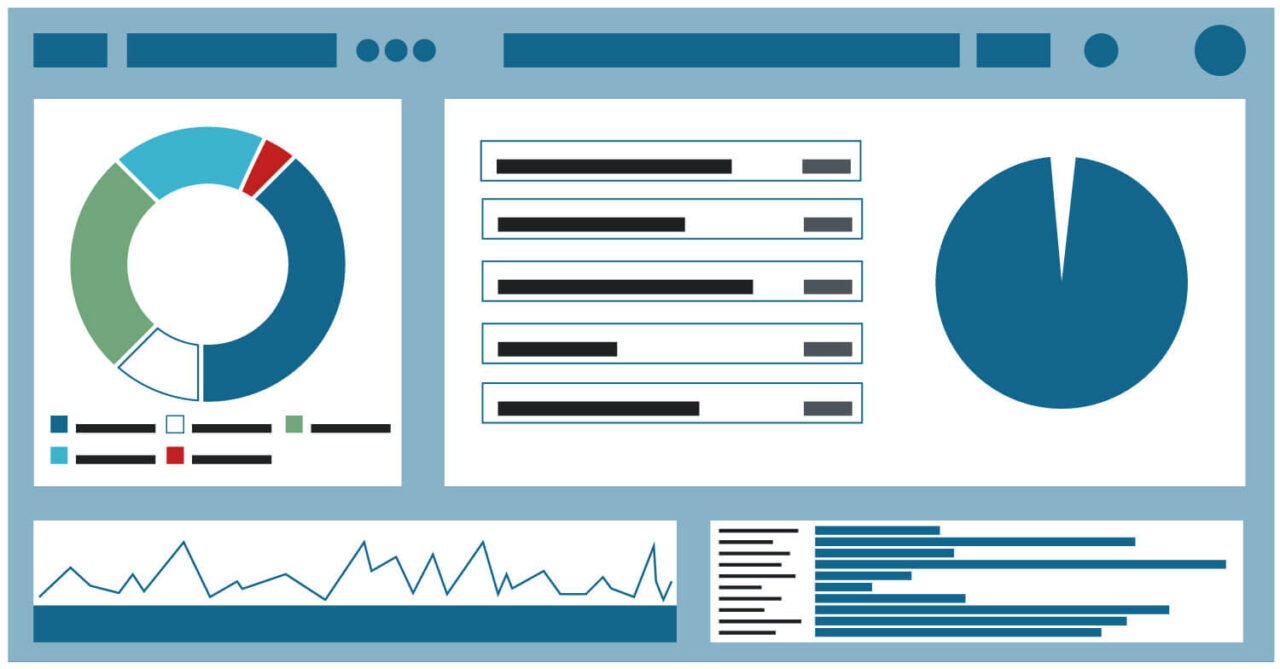
In the fast-paced world of network operations, visibility solutions play a pivotal role in helping organizations achieve their IT and business goals. By ensuring optimized network performance, strengthening security, supporting network planning, and enhancing business continuity, visibility tools maximize the ROI of network infrastructure and monitoring tools. Today’s network visibility solutions have evolved from simple TAPs to more advanced components like Network Packet Brokers (NPBs), which deliver sophisticated traffic management and optimization capabilities.
Network Packet Brokers (NPBs): The Intelligence of Network Visibility
NPBs drive the advanced functions of modern visibility solutions. They eliminate blind spots, optimize and filter traffic, balance loads, and support high-speed connections of up to 400 Gbps. These capabilities enhance network monitoring, security, and analytics, making NPBs fundamental for major IT initiatives like 5G service assurance, digital transformation, data security, and high-performance networking.
Reducing Costs and Maximizing ROI of Network Tools
Network tools – whether for monitoring, security, or analytics – often come with pricing based on capacity or usage. NPBs maximize tool efficiency by filtering and optimizing network traffic through deduplication, packet slicing, and aggregation, which allows network tools to process only essential data. For example, Cubro’s deployment for a financial institution reduced Intrusion Detection System (IDS) costs by 50% through NPB traffic optimization, cutting down required IDS ports while maintaining effective monitoring.
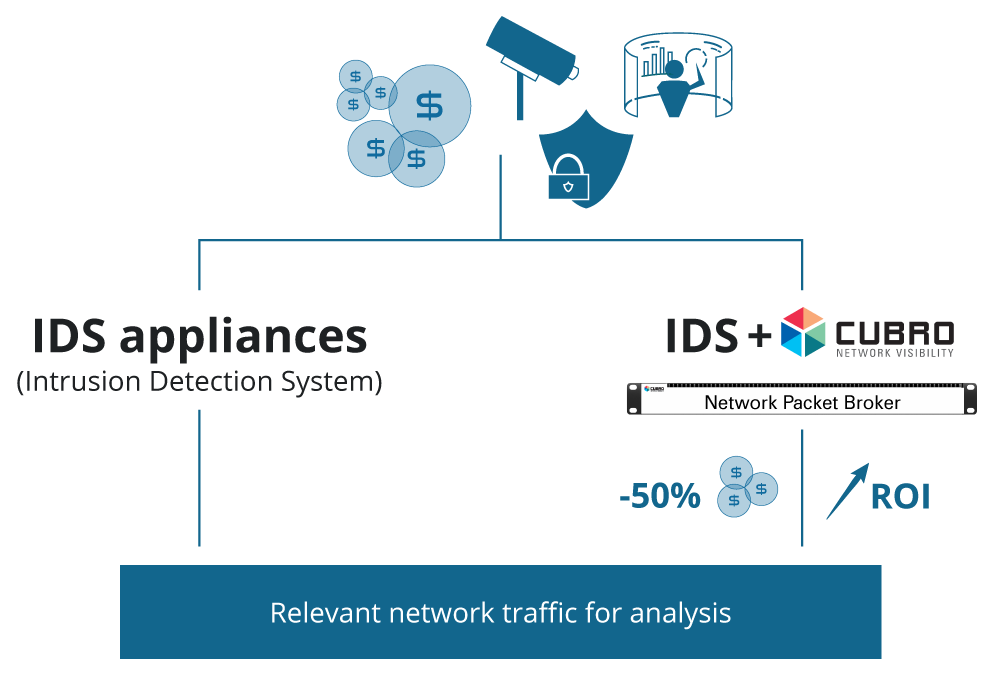
Lowering Downtime Costs with Enhanced Visibility
Network downtime can be extremely costly. Gartner reports an average downtime cost of $5,600 per minute, or over $300K per hour. Network visibility solutions, which remove blind spots that obscure performance risks, significantly reduce these costs. In many cases, a single hour of prevented downtime can justify the cost of deploying a visibility solution, delivering a fast and substantial ROI.
Improving Security Posture and Reducing Breach Costs
The IBM/Ponemon report for 2021 highlights the high cost of data breaches, with an average incident costing $4.24M. Enhanced visibility helps organizations detect vulnerabilities early and prevent breaches, which not only reduces financial losses but also mitigates reputational damage. Visibility solutions have thus become essential for robust security postures, offering strong ROI by helping prevent costly security incidents.
A Strategic Investment in Business Continuity
As network demands grow with the deployment of initiatives like SDN, virtualized data centers, and high-speed connections, network visibility has become critical for maintaining smooth and secure operations. Visibility solutions, such as those offered by Cubro, combine advanced features with competitive pricing, delivering essential support for performance, security, and efficiency.
Network Traffic Filtering: What Has It Ever Done for Us?
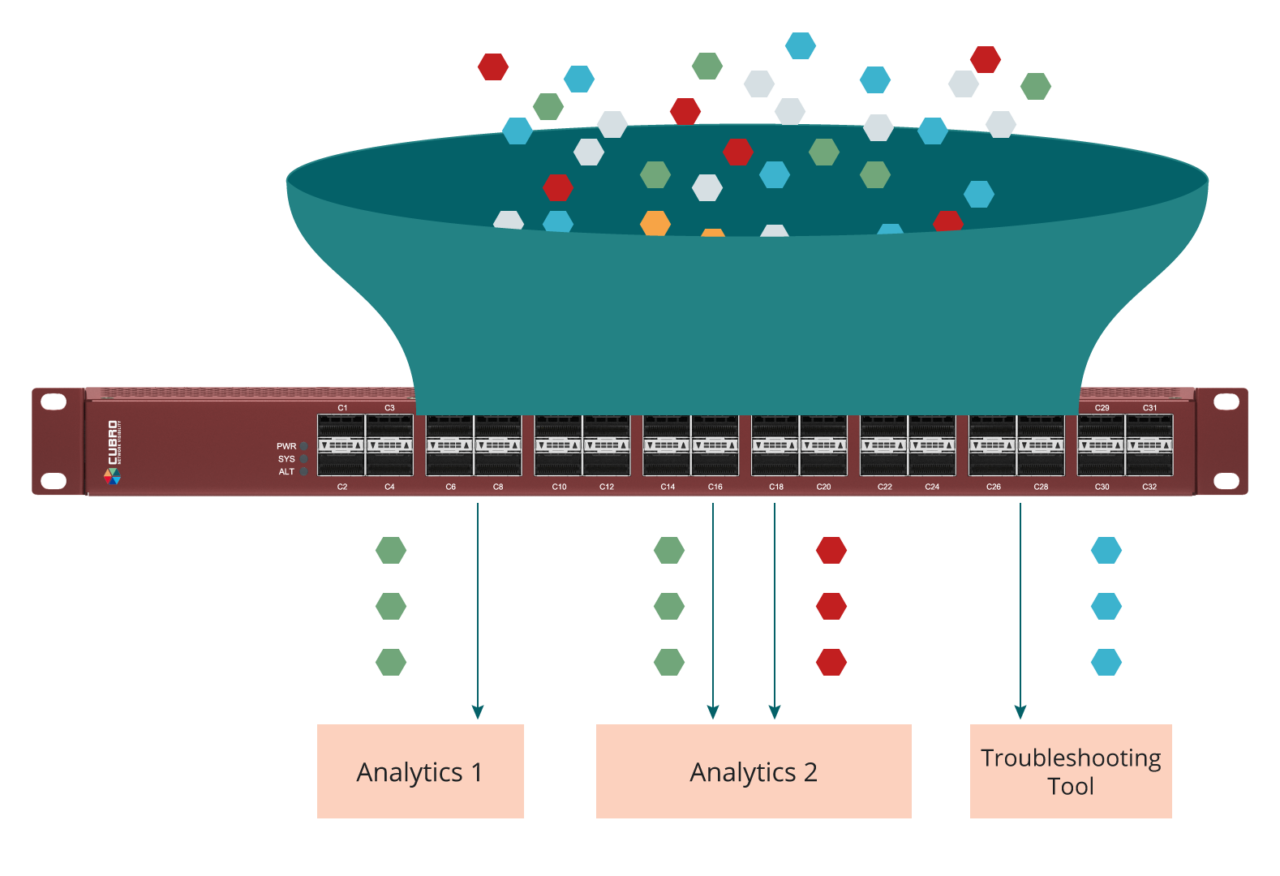
Beyond enhancing network performance, boosting security posture, and powering analytics, network traffic filtering brings even more significant benefits: it lowers infrastructure and tool costs, reduces total cost of ownership, extends the lifespan and ROI of network tools, increases tool efficiency, minimizes tool sprawl, and contributes to IT sustainability—all while preserving the integrity of the original network traffic. 😊
As discussed in previous sections, deploying a Network Packet Broker (NPB) within network visibility solutions allows organizations to achieve these objectives. Traffic filtering by an NPB reduces the load on network tools, optimizing their effectiveness, efficiency, and longevity.
How Out-of-Band Traffic Filtering Works
As network demands grow with the deployment of initiatives like SDN, virtualized data centers, and high-speed connections, network visibility has become critical for maintaining smooth and secure operations. Visibility solutions, such as those offered by Cubro, combine advanced features with competitive pricing, delivering essential support for performance, security, and efficiency.
Boosting Security Tool Efficiency with Network Traffic Filtering
Traffic filtering also manages encrypted traffic that needs special handling before analysis. For instance, encrypted packets can be routed to a decryption solution before they reach the monitoring tool, or in some cases, the NPB may decrypt the data directly. NPBs capable of multiple filtering types can simultaneously manage diverse streams at high speeds, routing each filtered stream to the appropriate tools for analysis.
In other scenarios, traffic filtering enhances security tool performance. If certain application traffic, like encrypted Netflix data, poses a low security risk due to verified origins and destinations, this traffic can be filtered out while sending all other data to security tools for detailed analysis. This targeted filtering significantly reduces the load on security tools, improving their efficiency.
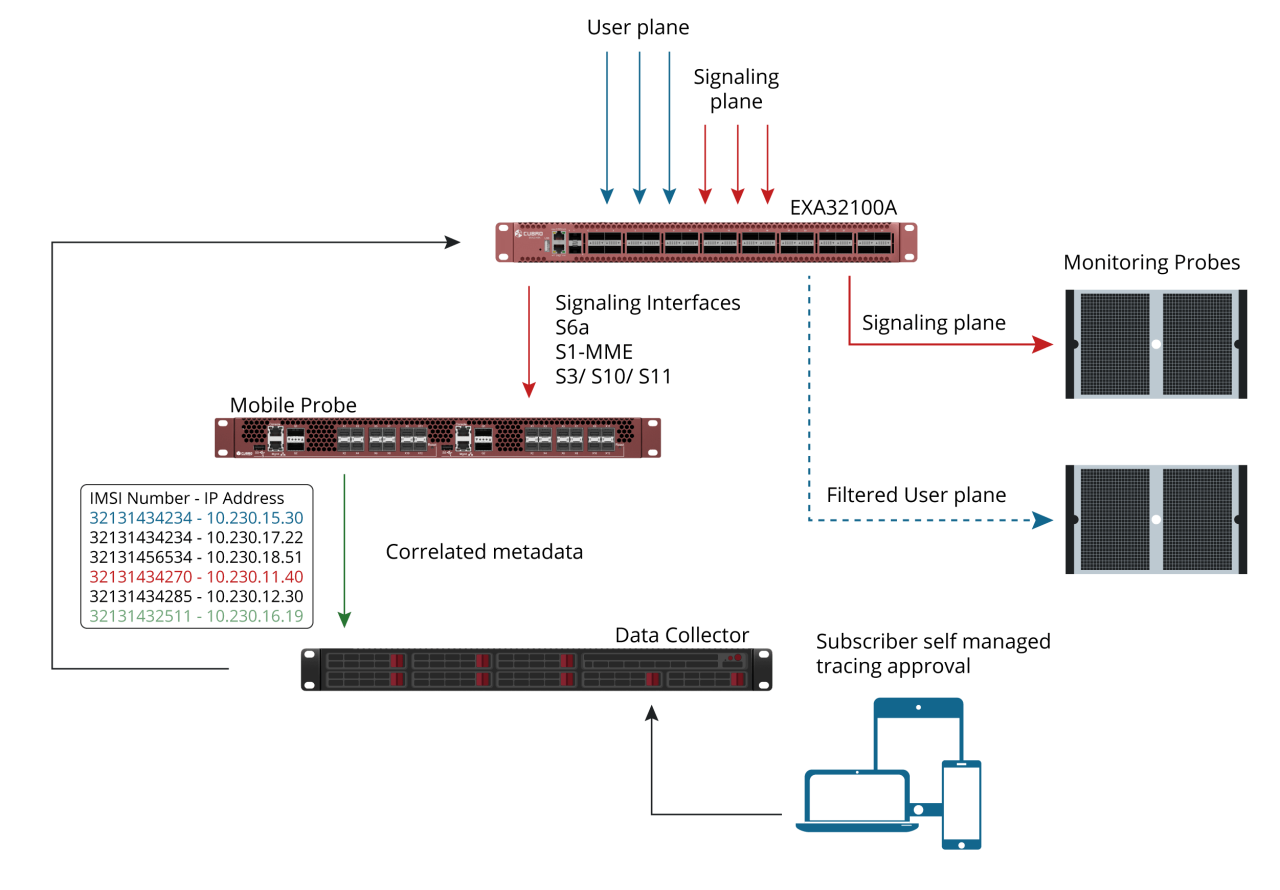
In short, network traffic filtering minimizes the amount of traffic tools must process, streamlines their functions, reduces costs, extends tool lifespan, and boosts sustainability—all crucial reasons why network traffic filtering is a game-changer for network management today!
Understanding the Distinction Between Network Visibility and Observability: Why Network Visibility Matters
In the ever-evolving world of IT and networking, understanding the subtle yet significant difference between network visibility and observability is crucial for network engineers and architects. While both terms are often used interchangeably, they serve different purposes in ensuring network performance, security, and reliability. As experts in the field, it’s essential to understand the difference to make informed decisions about the tools and solutions you deploy within your network infrastructure.
Let’s take a closer look at each concept, explore how they differ, and understand why network visibility is the bedrock upon which effective network monitoring and management are built.
What is Network Visibility?
At its core, network visibility refers to the ability to see and understand all traffic moving across your network. This includes both internal and external traffic, packets, flows, and even network-level metadata. To gain complete network visibility, engineers rely on tools like network TAPs (Test Access Points) and network packet brokers that capture real-time data in the network.
The goal of network visibility is to enable network teams to monitor traffic patterns, identify performance bottlenecks, detect potential security threats, and ensure compliance with SLAs. It focuses on providing engineers with a detailed, packet-level insight into the network traffic that can be analyzed, filtered, and acted upon. With network visibility in place, engineers can troubleshoot network issues quickly, pinpoint performance degradation, and optimize network resources.
What is Network Observability?
Observability, on the other hand, is a broader concept that goes beyond network traffic to include not just data from network devices but also system, application, and service data across the entire infrastructure. While visibility provides the “what” — the raw data — observability helps answer the “why” by providing context, analysis, and correlation across the system.
Observability solutions typically combine logs, metrics, and traces from various system components to offer a comprehensive view of how different parts of the system behave. By providing a holistic overview of system health, observability tools allow teams to monitor the performance of applications, identify issues in user experiences, and troubleshoot complex problems that may span across multiple layers, including the network, servers, databases, and more.
Network Visibility vs. Observability: Key Differences
While both network visibility and observability are critical to the performance and reliability of modern IT environments, the key difference lies in the scope and focus of each.

- Network visibility is specifically concerned with network traffic — from packet-level capture to traffic flows, providing deep insights into how data is traversing the network.
- Observability, in contrast, is broader, encompassing data across the entire system, including the network, applications, servers, and databases.

- Network visibility focuses on ensuring the network itself is performing optimally, securing it against external threats, and detecting internal anomalies that could indicate problems.
- Observability focuses on providing insight into the overall health and performance of an entire system, allowing engineers to understand the root cause of performance issues, user experience problems, or security breaches by correlating multiple data points from across the infrastructure.

- Network visibility delivers raw packet data, network flows, and traffic statistics that allow engineers to analyze specific network events and behaviours. Often metadata generation is also included in the network visibility.
- Observability involves analyzing logs, traces, metrics, and other data types from both network and application-level perspectives.
Why is Network Visibility Crucial?
Network visibility forms the foundation of effective observability. Without complete visibility into network traffic, your ability to gain full observability into your entire system is limited. Here’s why network visibility is so critical for network engineers and architects:
The ability to monitor, inspect, and analyze network traffic in real time allows network engineers to detect issues as they arise. By identifying network problems early — before they escalate into major performance disruptions — engineers can resolve issues more efficiently and prevent downtime.
Full visibility into network traffic enables engineers to identify and optimize performance bottlenecks. Whether it’s bandwidth utilization, latency, or traffic congestion, network visibility tools give engineers the data they need to make informed decisions about resource allocation, routing, and traffic management.
Network visibility plays a pivotal role in cybersecurity. By monitoring network traffic patterns and inspecting packets for suspicious activity, network engineers can quickly detect potential threats, such as DDoS attacks or unauthorized access. Furthermore, visibility is essential for meeting regulatory compliance requirements, as it ensures that data flows and access are properly monitored and documented.
As networks scale and evolve, maintaining visibility becomes increasingly complex. With the proper visibility tools in place, network architects can ensure that their network design is adaptable and scalable, with a clear understanding of how traffic behaves across diverse environments, whether on-premises or in the cloud.
The Role of Observability in Network Management
While network visibility is foundational, observability provides the holistic perspective needed to tie together different data points across the system. It allows you to correlate network data with application-level metrics and system-level logs to gain a deeper understanding of how network performance impacts end-user experiences and overall system health. However, without network visibility, achieving complete observability is almost impossible.
Building a Strong Foundation with Network Visibility
For network engineers and architects, network visibility is the first step in ensuring that the network is performing optimally and securely. It provides the granular data necessary for troubleshooting, performance optimisation, and security monitoring. Observability can then build on this foundation, helping teams understand the broader context of system health and performance.
Without strong network visibility, IT teams are left guessing about what’s happening within their infrastructure. By making visibility a priority, businesses can build a resilient, high-performing network that supports long-term growth and security.

Our newsletter provides thought leadership content about the industry. It is concise and has interesting content to keep you updated with what’s new at Cubro and in the industry. You can unsubscribe anytime with a single click.
This site is protected by reCAPTCHA and the Google Privacy Policy and Terms of Service apply.
